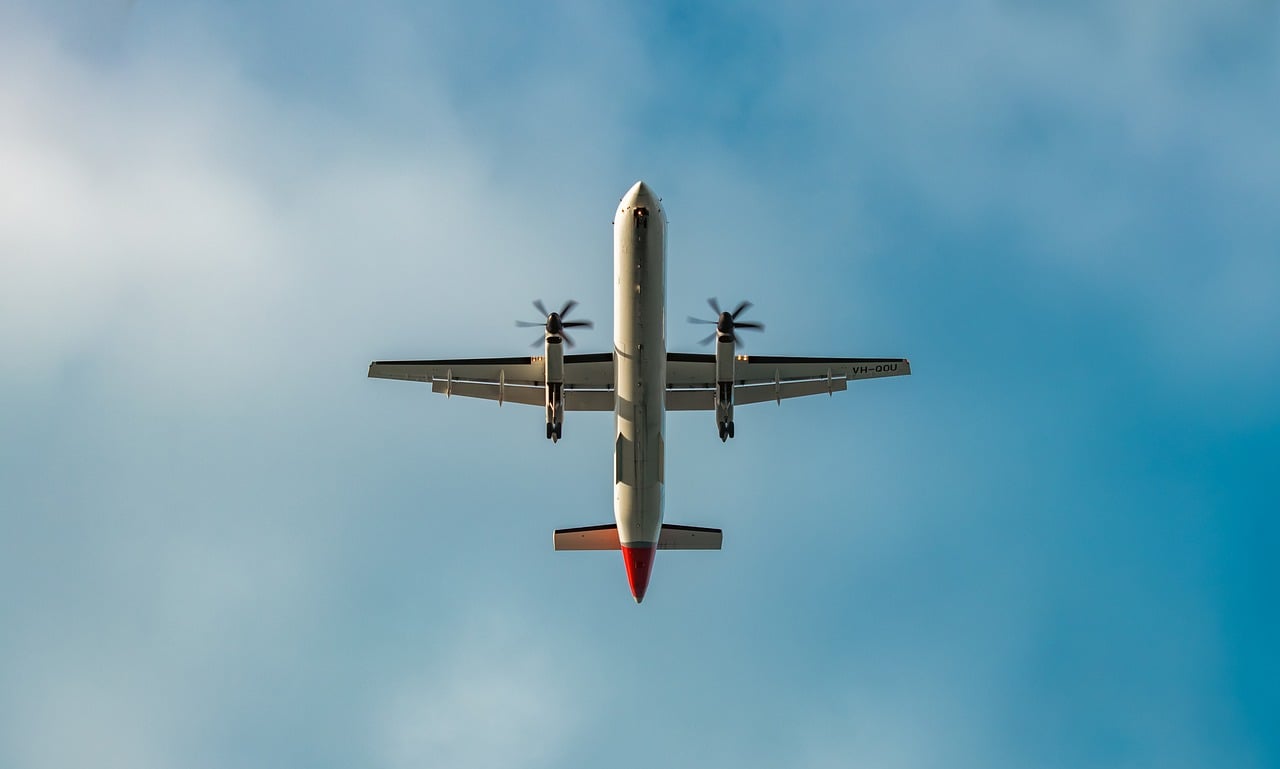In the rapidly advancing world of aviation, the integration of e-conspicuity and Collision Protection in the Air systems is setting new benchmarks for safety and efficiency in the skies. These technologies are revolutionizing how aircraft are monitored and managed, significantly reducing the risk of in-flight collisions and improving the overall safety of air travel.
The Role of E-Conspicuity in Modern Aviation
E-conspicuity is a groundbreaking technology designed to increase the visibility of aircraft, not only to other aircraft but also to air traffic control systems. By transmitting digital signals that provide precise information about an aircraft’s location, direction, and speed, e-conspicuity enhances situational awareness for all airspace users. This technology is particularly beneficial in congested airspaces and for aircraft operating in visual flight rules (VFR) conditions, where the risk of collisions is higher. E-conspicuity devices help bridge the gap between traditional radar systems and the need for real-time, accurate flight data, ensuring that pilots and controllers have the most current information at their fingertips.
Collision Protection in the Air: A Comprehensive Approach
Collision Protection in the Air refers to a suite of technologies and procedures aimed at preventing mid-air collisions. This includes systems like the Traffic Alert and Collision Avoidance System (TCAS), which automatically detects potential collision threats and advises pilots on avoidance maneuvers. Collision Protection in the Air also leverages advanced surveillance technologies, such as Automatic Dependent Surveillance-Broadcast (ADS-B), to provide a more detailed and accurate picture of the airspace around an aircraft. Together, these technologies create a dynamic safety net, significantly enhancing the ability of pilots to navigate safely and avoid potential conflicts.
Synergizing E-Conspicuity and Collision Protection
The combination of e-conspicuity and Collision Protection in the Air represents a holistic approach to aviation safety, addressing both the need for increased visibility and the requirement for effective collision avoidance mechanisms. E-conspicuity systems ensure that aircraft are more detectable, thereby facilitating the function of collision protection technologies by providing them with reliable and accurate data. This synergy not only enhances the safety of individual flights but also contributes to the overall efficiency of air traffic management by reducing the likelihood of close calls and potential conflicts.
The Future of Aviation Safety
As the aviation industry continues to grow, the importance of technologies like e-conspicuity and Collision Protection in the Air cannot be overstated. Future developments in these areas are expected to focus on further improving the accuracy and reliability of the systems, as well as enhancing interoperability among different types of aircraft and across various regions. Moreover, as unmanned aerial vehicles (UAVs) and other new entrants become more prevalent in the airspace, these technologies will be crucial in ensuring that all users can coexist safely and efficiently.
In conclusion, e-conspicuity and Collision Protection in the Air are pivotal advancements in aviation safety technology. By enhancing the visibility of aircraft and providing robust collision avoidance capabilities, these technologies are making the skies safer for everyone. As we look to the future, the continued innovation and integration of e-conspicuity and collision protection systems will be key to addressing the evolving challenges of air traffic management and maintaining the safety of air travel.
